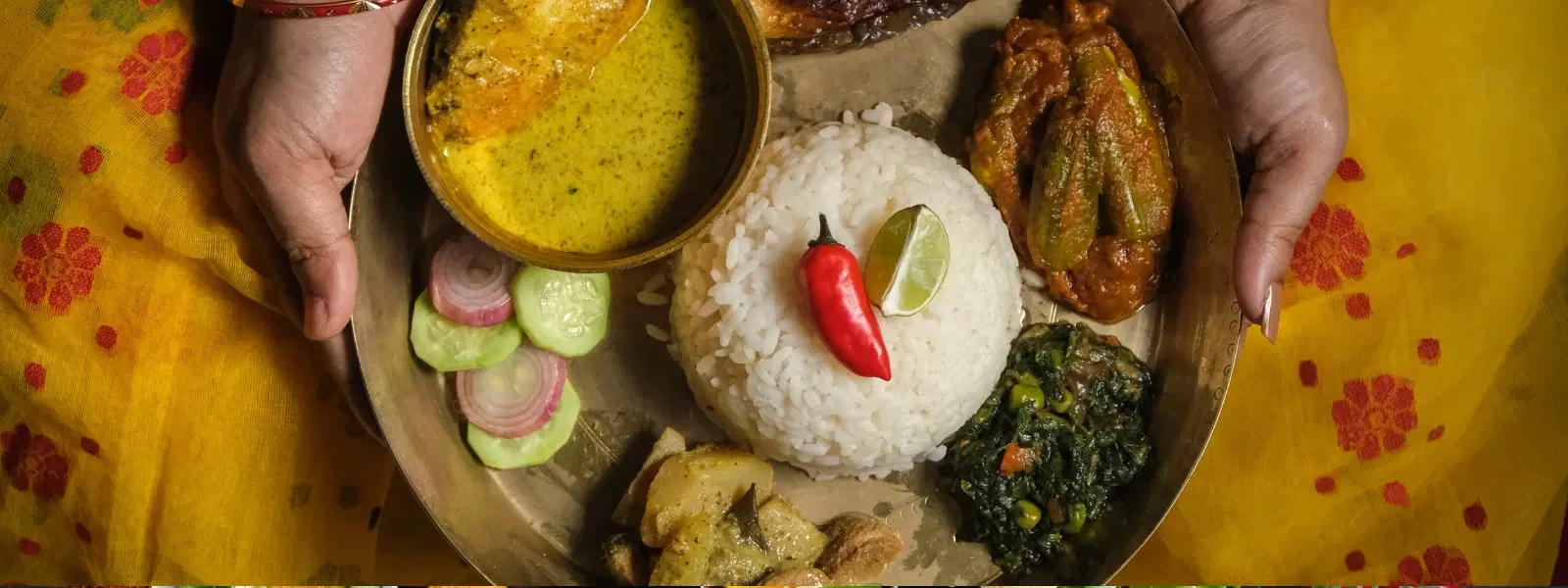
Flights
•04 min read

Imagine ancient caravans laden with aromatic treasures crossing sun-drenched deserts and sparkling seas, each spice whispering tales of empires and vibrant cultures. Long before modern globalization, the old spice routes in India were pulsating veins of economic and cultural exchange, bridging distant lands and molding histories. Today, we uncover seven fascinating facts about these routes, revealing how they shaped the world of trade, taste, and tradition.
The story of spice trading in India begins in the cradle of civilization where ancient communities, including those of the Indus Valley, first cultivated and traded aromatic herbs and spices. India's favorable geography – with its long coastline and strategic location between east and west – provided a natural gateway to the emerging global trade networks. This unique geographical advantage paved the way for establishing far-reaching connections that would draw traders from across the globe.
In ancient times, spices such as black pepper, cinnamon, and cardamom were far more than culinary ingredients; they were symbols of wealth, power, and healing. Revered for their flavor and medicinal properties, these spices often fetched impressive prices and even served as a form of currency. Their esteemed status in cultural rituals and traditional medicine further underscored their value.
Indian spice traders harnessed the power of the sea to export their prized goods across continents. Key ports like Muziris, located in what is now Kerala, thrived as bustling hubs where spices were loaded onto merchant ships bound for distant markets in the Middle East, Europe, and Southeast Asia. The mastery of maritime routes not only underscored India's economic prowess but also highlighted its strategic importance in the world of ancient trade.
The intricate network of spice routes spanned continents, linking India to distant lands such as Arabia, China, and Rome. This extensive network promoted the exchange of goods, ideas, and culture, fostering a vibrant tapestry of global interactions. Through these routes, not only were spices traded, but philosophies, art, and technology also traveled, leaving an indelible mark on the world's history.
The relentless spirit and keen business acumen of Indian spice merchants were the backbone of the spice trade network. These savvy traders not only coordinated complex trade negotiations but also established long-lasting commercial relationships that spanned continents. Their entrepreneurial drive significantly contributed to the prosperity of the old spice routes in India.

The dynamic interplay between Indian merchants and their foreign counterparts, including Arab, Portuguese, and Dutch traders, created an environment of both strategic alliances and intense rivalries. This competitive landscape fueled innovations in navigation and trade practices, further solidifying India's position as a central player in the ancient spice trade India narrative.
The influence of the spice routes on India's economy, cultural heritage, and global standing cannot be understated. They ushered in an era where trade transcended mere commerce, becoming a vibrant exchange of ideas, art, and culinary traditions. The legacy of these routes is still visible today in the rich flavors and diverse culinary practices of Indian cuisine.
While the original spice routes have long been replaced by modern trade networks, their cultural and historical impact endures. Today, efforts to preserve and revive the tales of the old spice routes in India are embraced through tourism and educational projects that remind us of a time when spices were the gold of global commerce.
The spice trade was so lucrative that black pepper was once called "black gold" and even used as a form of currency in ancient times.
Historical maps serve as fascinating windows into the world of spice trading in India. These charts, meticulously drawn by early explorers, highlight India's central role in steering merchant ships along the coasts of the Arabian Sea and beyond. They are testaments to the sophisticated navigation skills and the vast geographical knowledge possessed by traders of that era.
While the Silk Road is famed for its exchange of silk and precious gems, the spice routes carved their own distinct identity. Both networks facilitated cross-cultural interaction; however, the spice routes uniquely enriched global cuisine and medicinal practices through the direct trade of Indian spices. This overlap and divergence have left an enduring legacy on world trade.

Black pepper, cinnamon, cloves, nutmeg, and cardamom were at the heart of the spice trade. Each spice had its own story – from the labor-intensive cultivation processes to their application in culinary delights and traditional remedies. Their high demand in global markets not only made them lucrative exports but also turned them into symbols of refined taste and sophisticated trade practices.
Indian spices have transcended their origins to become integral to kitchens and cultures around the world. The aromatic complexity they offer has enriched flavors and traditions, forging a culinary bridge that connects diverse cultures. Their influence is evident in modern cooking, where a pinch of Indian spice can transform a dish and evoke the ancient heritage of the old spice routes India.
The Spice Route in India refers to ancient trade networks that facilitated the export of spices to Europe, the Middle East, Southeast Asia, and beyond.
The original spice trade route included both maritime and overland paths, connecting India with regions such as Arabia, China, and Europe, with key ports like Muziris at the center.
The oldest spice market in India is believed to be in Kochi, Kerala, a historic hub of spice trading for centuries.
Although the traditional routes are not active, their legacy continues to shape modern trade networks and inspires tourism that celebrates India’s historical spice trade.
The old spice routes in India are much more than relics of a bygone era; they are living legacies that continue to influence the global exchange of cultures, cuisines, and commerce. From their origin in ancient civilizations to their role in shaping trade networks that spanned continents, these routes tell a story of human ingenuity, adventure, and passion for the extraordinary. By exploring these historical paths, readers gain a deeper understanding of how spices once united distant worlds, a connection that remains evident in our culinary and cultural practices today.